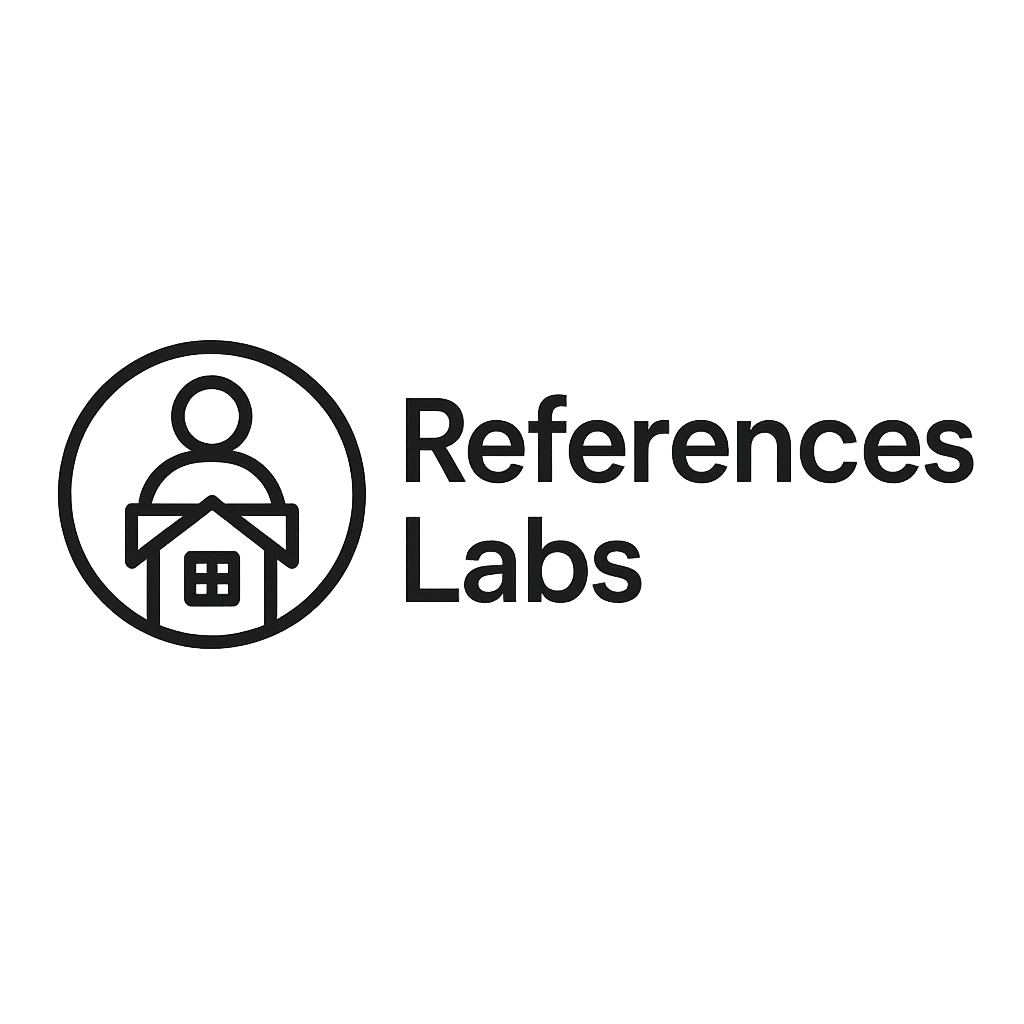The Evolution of Diabetes Management
Diabetes management has come a long way from the days of rudimentary sugar tests. The introduction of needle-free glucose monitoring devices marks a significant milestone in this journey. For many individuals living with diabetes, the traditional method of pricking fingers multiple times a day for blood glucose readings can be both inconvenient and painful. These needle-free devices offer a promising alternative, providing a less invasive and more comfortable way to monitor glucose levels. The evolution of these devices has been driven by advancements in technology, which have enabled the development of sensors that can detect glucose levels through the skin. This innovation not only enhances the quality of life for users but also encourages more frequent monitoring, which is crucial for effective diabetes management.
Moreover, the shift towards needle-free monitoring is supported by a growing body of research that highlights the importance of continuous glucose monitoring (CGM) in maintaining optimal glucose levels. CGMs provide real-time data, allowing users to make informed decisions about their diet, exercise, and medication. This proactive approach can lead to better long-term health outcomes, reducing the risk of complications associated with diabetes. As the technology continues to evolve, we can expect to see even more sophisticated devices that offer greater accuracy and ease of use.
How Needle-Free Devices Work
Needle-free glucose monitoring devices typically utilize sensors that are either attached to the skin or implanted just below the surface. These sensors measure glucose levels in the interstitial fluid, which is the fluid surrounding the body’s cells. The data collected by the sensor is then transmitted to a receiver or smartphone app, where users can view their glucose levels in real-time. This seamless integration with mobile technology allows for easy tracking and analysis of glucose trends over time.
One of the key features of these devices is their ability to alert users to any significant changes in glucose levels, such as spikes or drops, which can be critical for preventing hypo- or hyperglycemic episodes. Users can also share their data with healthcare providers, enabling more personalized and effective management plans. The convenience and accessibility of these devices make them an attractive option for individuals who are looking to take a more active role in managing their diabetes.
While the technology is still relatively new, early adopters have reported high levels of satisfaction with needle-free devices, citing reduced pain and increased motivation to monitor their glucose levels regularly. As more people become aware of the benefits, it is likely that these devices will become a standard tool in diabetes management.
Benefits and Considerations
The benefits of needle-free glucose monitoring devices extend beyond just comfort and convenience. By reducing the physical and psychological burden of frequent finger pricks, these devices can improve adherence to monitoring regimens, which is essential for maintaining stable glucose levels. Additionally, the continuous data provided by these devices can help users identify patterns and triggers that affect their glucose levels, leading to more informed lifestyle choices.
However, there are also considerations to keep in mind when choosing a needle-free device. Factors such as cost, insurance coverage, and device compatibility with existing technology can influence the decision-making process. It is important for users to consult with healthcare professionals to determine the best option for their individual needs and circumstances.
As with any medical device, there may be a learning curve associated with using needle-free glucose monitors. Users should be prepared to invest time in understanding how to operate the device and interpret the data it provides. Despite these challenges, the potential benefits of improved glucose control and enhanced quality of life make needle-free devices a compelling choice for many individuals with diabetes.






